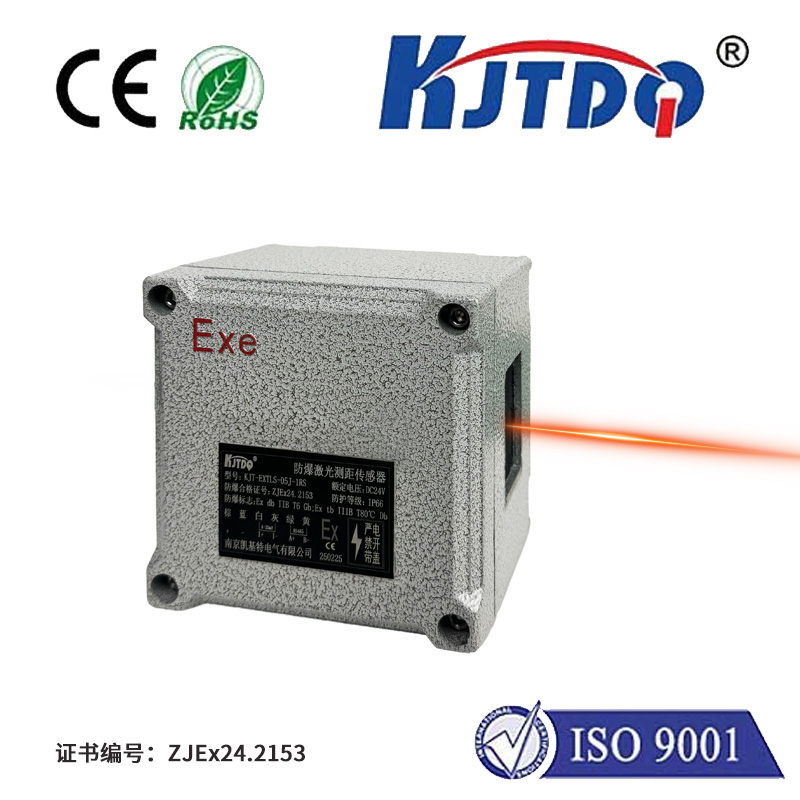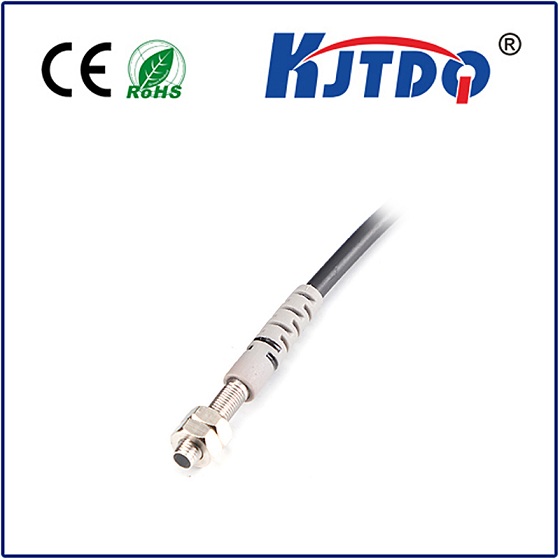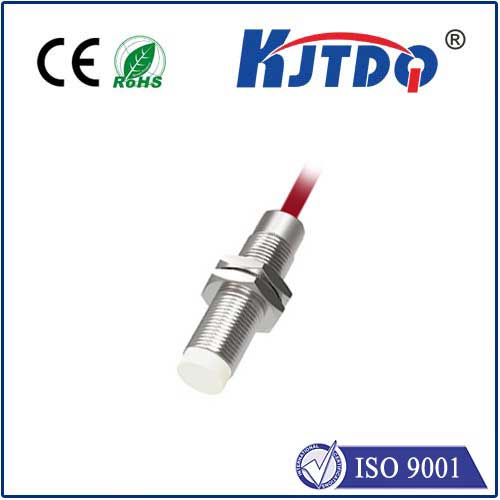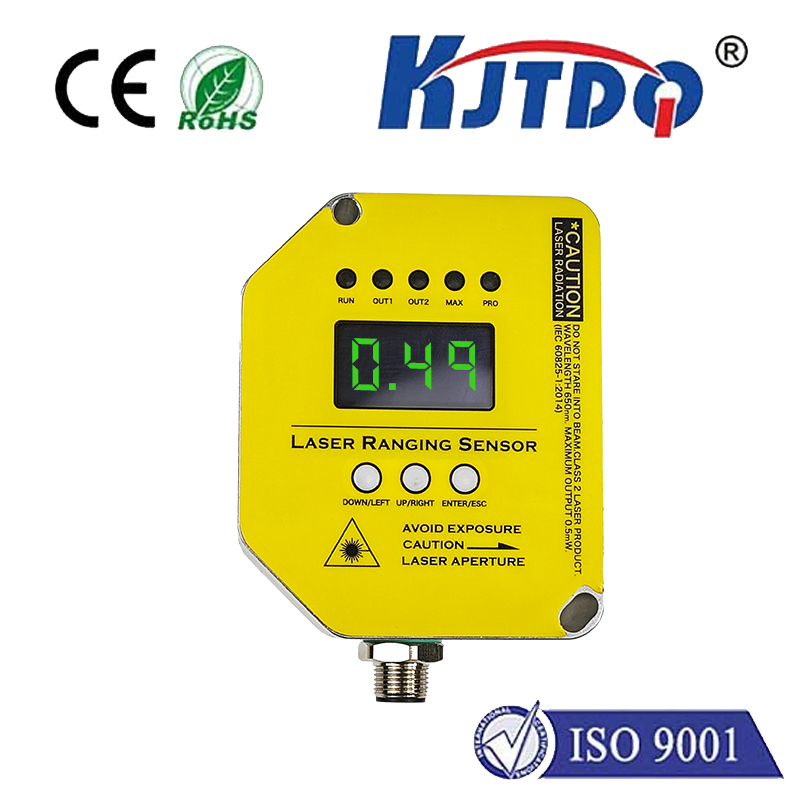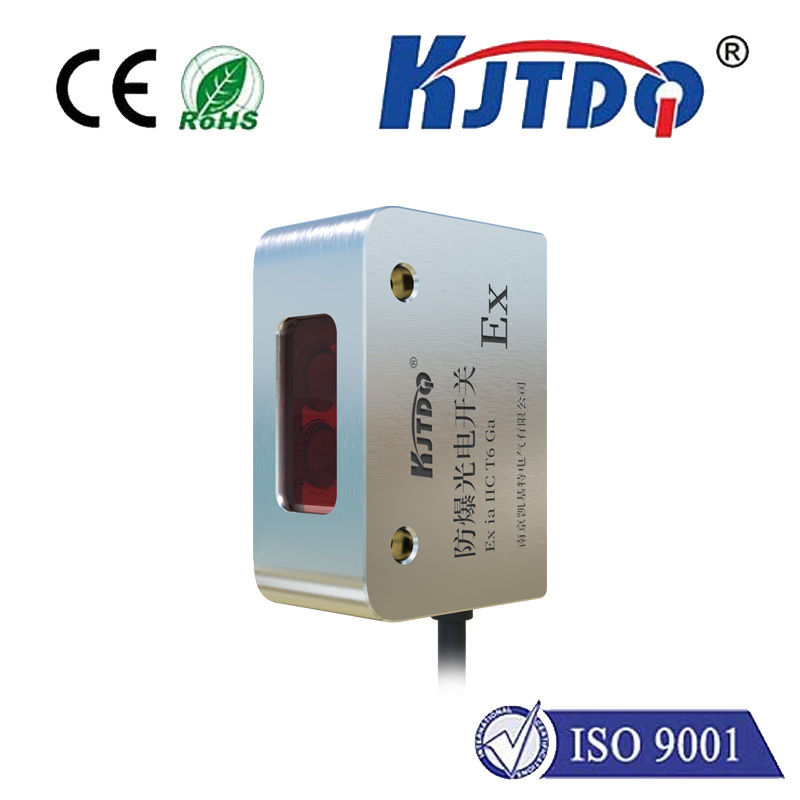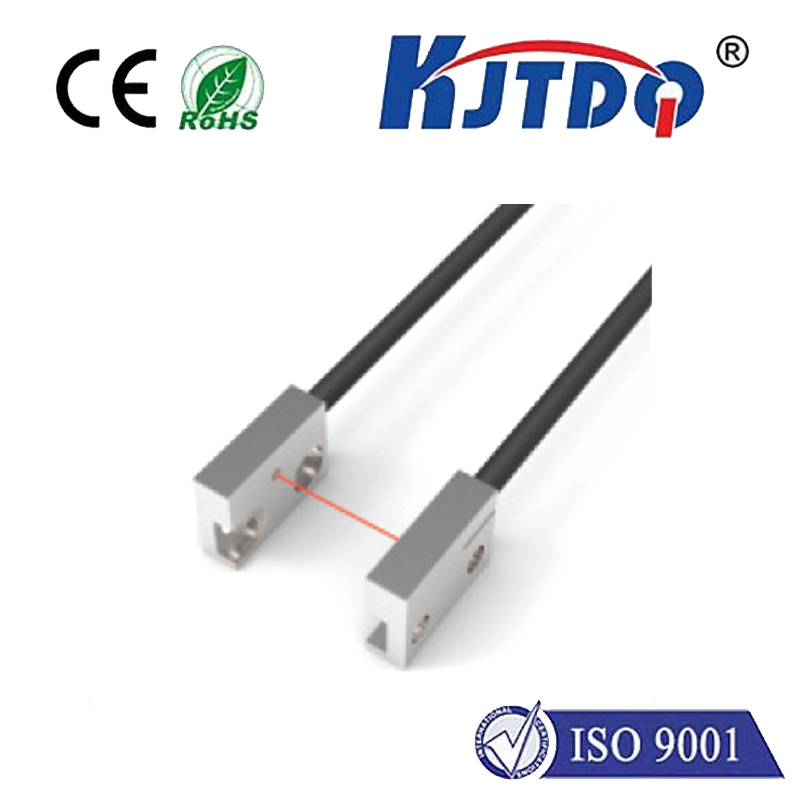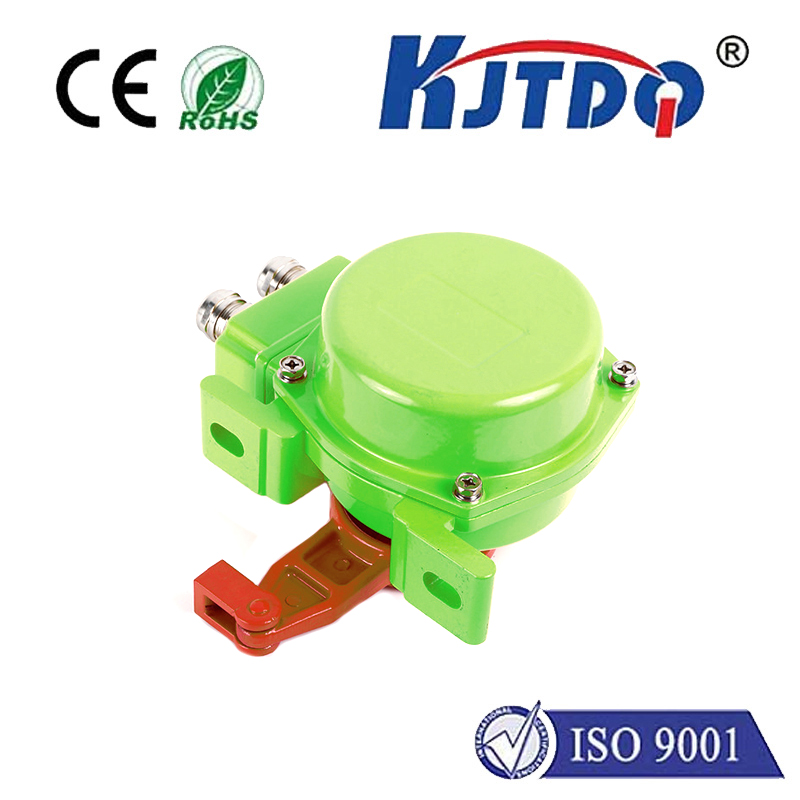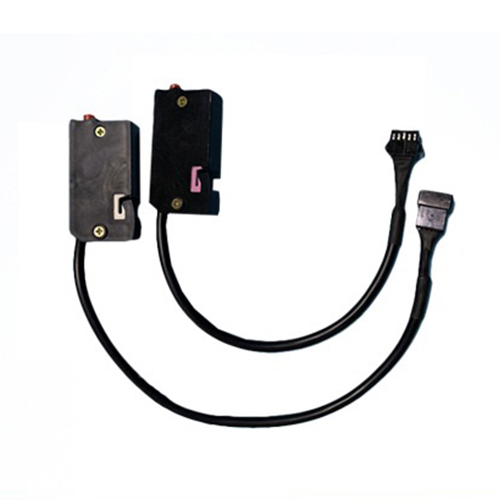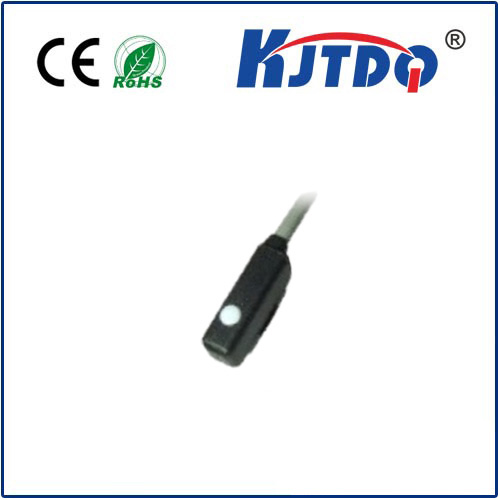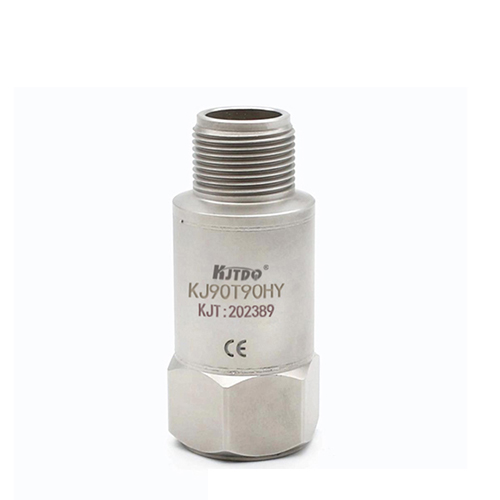telemecanique inductive sensor
- time:2025-07-07 11:53:05
- Нажмите:0
Telemecanique Inductive Sensors: The Unseen Engine of Industrial Reliability
Imagine a high-speed production line bottling thousands of beverages per hour. Now, picture the chaos if a single bottle is slightly misaligned at the capping station. Instant jam, costly downtime, wasted product. What silently prevents this disaster? More often than not, it’s a rugged, unsung hero embedded in the machinery: the Telemecanique inductive sensor. These robust proximity workhorses form the bedrock of countless automated systems, providing critical position feedback and object detection without physical contact, ensuring processes run smoothly and reliably. For engineers seeking unwavering performance in demanding industrial environments, understanding the capabilities of Telemecanique sensors is paramount.
What Exactly are Inductive Proximity Sensors (and Telemecanique’s Role)?
At their core, inductive proximity sensors are non-contact electronic devices that detect the presence or absence of metallic objects within their sensing range. Developed by Telemecanique Sensors – a globally recognized brand within the Schneider Electric portfolio renowned for robust industrial components – these sensors operate on the principle of electromagnetic induction. The sensor generates a high-frequency oscillating electromagnetic field via a coil housed within its head. When a metallic object enters this field, eddy currents are induced on the object’s surface. These eddy currents draw energy from the sensor’s oscillating circuit, causing a measurable change (typically a reduction in amplitude). The sensor’s integrated electronics detect this change and trigger a switching action in its output circuit – signaling the object’s presence with remarkable reliability.
Why Telemecanique Sensors Stand Out: Core Advantages

While many manufacturers produce inductive sensors, Telemecanique has built a formidable reputation based on specific engineering strengths essential for industrial settings:
- Exceptional Durability & Environmental Resistance: Engineered for harsh realities. Telemecanique inductive sensors typically boast high IP67, IP68, or IP69K ingress protection ratings. This means they resist dust ingress and can withstand immersion in water or high-pressure washdowns, making them ideal for food & beverage, chemical processing, and outdoor applications. Their robust housings, often crafted from nickel-plated brass or high-grade stainless steel, endure mechanical stress, vibration, and impacts far better than cheaper alternatives.
- Uncompromising Reliability & Long Service Life: Factory floors demand predictability. These sensors are designed to deliver millions of switching cycles without failure. Their non-contact nature eliminates mechanical wear inherent in limit switches, translating to dramatically reduced maintenance needs and higher overall system uptime. Consistent detection equals consistent production.
- Precision Detection & Sensing Range: Telemecanique offers a vast range of inductive sensors with optimized sensing distances to suit diverse applications. From detecting tiny fasteners at close range (flush-mountable models) to larger machine parts further away, precise detection is crucial. Their stable switching points ensure repeatability, even in environments with temperature fluctuations.
- Versatility in Configuration: No single sensor fits all needs. The range includes diverse form factors (cylindrical, rectangular, block-style), connection types (cable exits, M8/M12 quick-disconnect connectors), and outputs (DC NPN/PNP transistor, normally open/closed, analog). Whether you need high-temperature variants for foundries or compact sensors for tight spaces, there’s usually a Telemecanique solution.
- Integration into Broader Automation Ecosystems: As part of Schneider Electric, Telemecanique sensors seamlessly integrate with Schneider’s comprehensive industrial automation platforms like EcoStruxure™. This simplifies design, commissioning, and diagnostics, providing significant advantages in increasingly connected factories. Connectivity is becoming as vital as robustness.
Where Telemecanique Inductive Sensors Make the Difference: Key Applications
The reach of these sensors is vast, underpinning automation across virtually every sector:
- Manufacturing & Assembly Lines: Detecting part presence/absence on conveyors, verifying robot gripper closure, confirming pallet positioning, monitoring spindles/indexers, and counting metallic parts. Non-contact detection prevents jams and ensures cycle-time accuracy.
- Перевозка материалов: Monitoring pallet positions, confirming lift truck forks are raised/lowered (using targets), detecting containers on AGVs, and verifying gate or door closure. Reliability keeps logistics flowing.
- Packaging Machinery: Ensuring proper fill levels (via metallic targets on pistons), detecting lids/caps for application, verifying case/tray presence for loading, and controlling capping/sealing operations. Precision is key for high-speed packaging.
- Automotive Production: Verifying fixture clamping, detecting pistons/cylinders in engines and transmissions, monitoring robotic weld gun positioning, and ensuring component presence in sub-assemblies. Ruggedness withstands demanding automotive environments.
- Food & Beverage & Pharmaceuticals: Numerous sensors feature food-grade stainless steel housings (often 316L) and extreme washdown ratings (IP69K), essential for hygiene-critical zones. Detecting cans, bottles, or metallic components reliably despite frequent cleaning cycles. Hygiene and resilience are non-negotiable here.
- Machine Tool & Metalworking: Monitoring tool position, detecting workpiece clamping, verifying chuck jaws, confirming spindle orientation, and guarding access points. Durability endures coolant, swarf, and vibration.
Choosing the Right Telemecanique Sensor: Critical Factors
Selecting the optimal sensor requires careful consideration:
- Target Material: Inductive sensors primarily detect ferrous metals (steel, iron). Sensing distance varies for non-ferrous metals (aluminum, brass, copper) and stainless steel. Always consult datasheets for specific performance.
- Required Sensing Distance: Choose a sensor with a nominal sensing range slightly larger than the maximum gap required in your application. Consider factors like mounting constraints (flush vs. non-flush mountable models).
- Operating Environment: Assess temperature extremes, presence of chemicals/coolants, potential for impacts, and necessity for washdown. Select housing material and IP rating accordingly. Stainless steel is king for corrosive or washdown zones.
- Electrical Requirements: Voltage rating (e.g., 10-30V DC standard), output type (NPN sinking, PNP sourcing, NO/NC), and current rating must match your control system. M12 connectors offer quick installation benefits.
- Physical Size & Mounting: Ensure the sensor body fits the available space and that its mounting style (threaded barrel, bracket mount etc.) is suitable.
The Indispensable Component for Robust Automation
In an era demanding higher efficiency, minimized downtime, and connected intelligence, the fundamental role of reliable sensing cannot be overstated. Telemecanique inductive sensors embody the resilience, precision, and dependability that modern industrial automation systems demand. They are the silent sentinels, continuously verifying position, presence, and motion, often operating unseen within complex machinery. By offering robust performance in the harshest conditions, seamless integration capabilities, and the backing of Schneider Electric’s global support, Telemecanique provides engineers with a trusted solution to build more reliable, efficient, and smarter automated processes. When the cost of failure is high – whether in lost production, damaged equipment, or safety incidents – the investment in proven component quality, like that found in Telemecanique sensors, becomes not just wise, but essential. They are, quite literally, fundamental touchpoints enabling the modern automated world.

